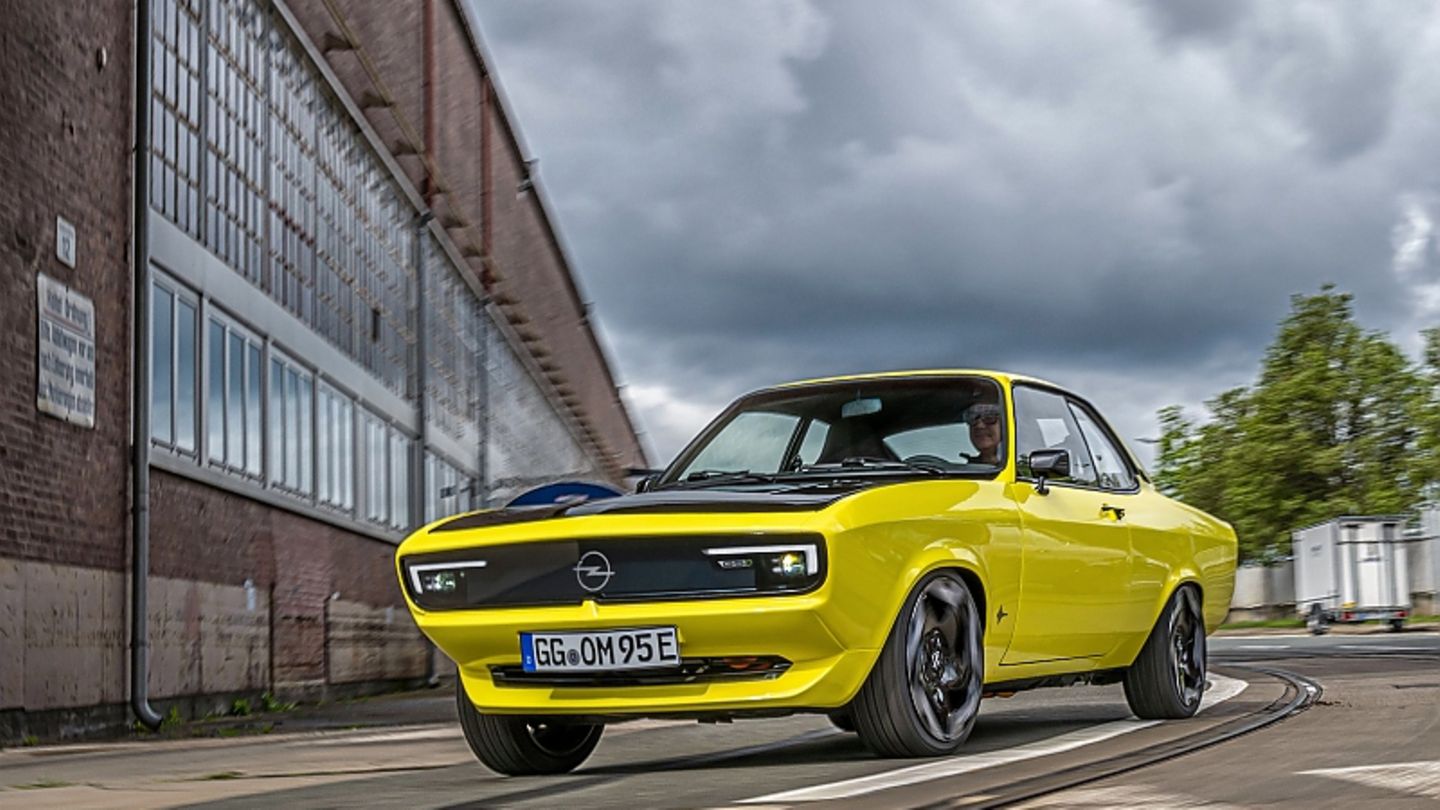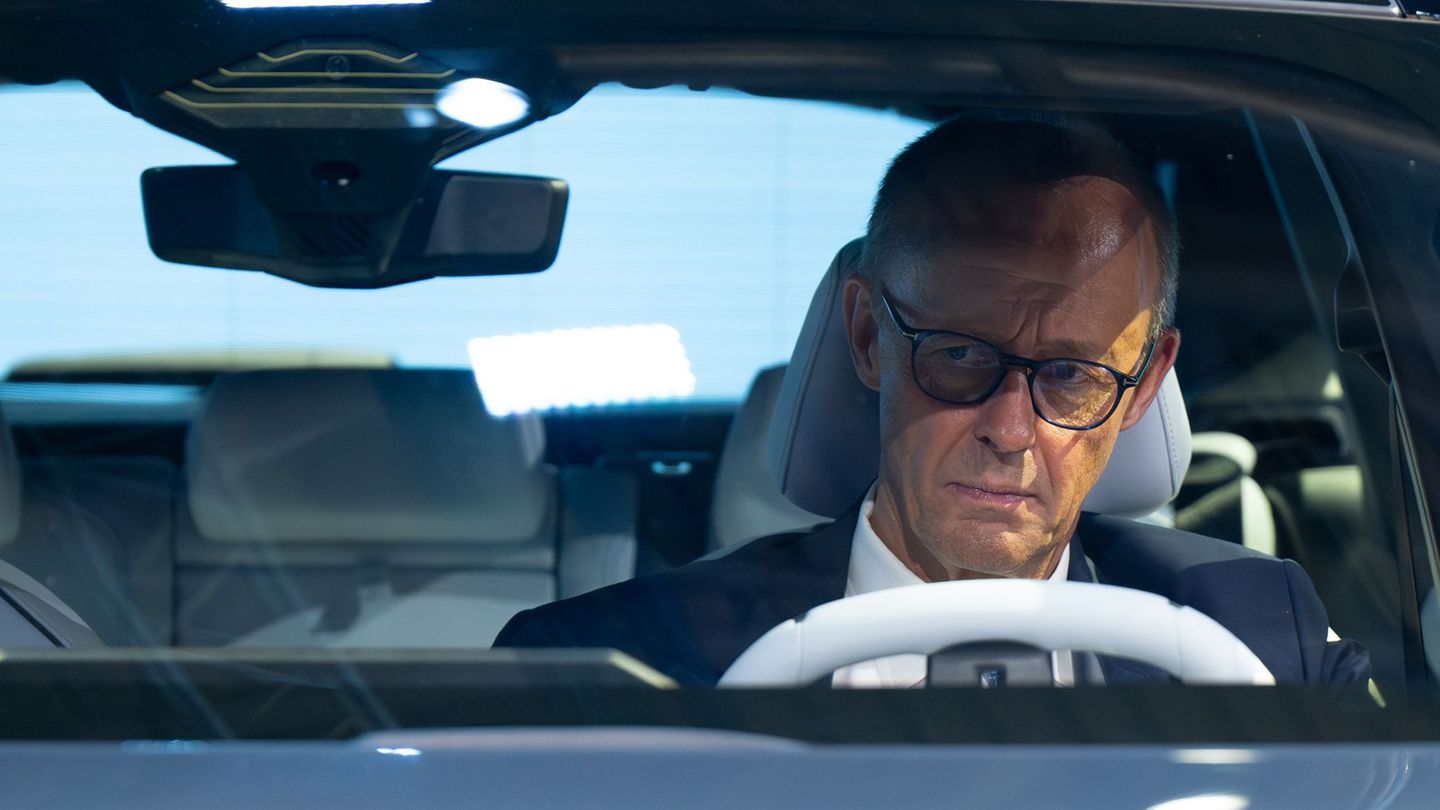Stellantis put the cards on the table and presented the strategy for the next nine years. The central element is electrification, but the greatest challenge will be the positioning of the individual brands. Opel will be purely electric from 2028 and, somewhat surprisingly, will be drawn to China.
There is currently competition in the automotive industry that is reminiscent of the race to the moon in the 1960s. The carmakers outdo each other with new strategies and full-bodied announcements. Electromobility is always a central element. About a week ago, Renault CEO Luca de Meo and Renault took the stage, now Stellantis boss Carlos Tavares is following suit. Its plans are interesting because the merger of the PSA Group and Fiat Chrysler has created a 14 brand conglomerate in which the positioning of the individual construction sites is difficult.
Stellantis has prepared a slogan for each brand to describe their future positioning. In statements like: Abarth – “Heating Up People, But Not the Planet” or Alfa Romeo – “From 2024, Alfa Becomes Alfa e-Romeo” and Opel / Vauxhall – “Green is the New Cool” you can see that they are Marketing experts could let off steam. The reality is much more complex than these slogans and the group already has segment overlaps between Opel and Peugeot or Peugeot or Citroën. It won’t get any easier with the Fiat-Chrysler brands. The corporate strategists have a Gordian knot in front of them that cannot be untied with a sword. It will be exciting.
In the next four years, Stellantis plans to invest more than 30 billion euros in the electrification and software of the products. Such investments are necessary if you want to have a future in the automotive industry. After all, the competition never sleeps. But already with the next sentence it gets interesting. The aim is to “maintain the top position in automotive efficiency with an investment efficiency of 30 percent above the industry average”. In German: continue to save what it takes. The Parisian thumbscrews can already be clearly felt at the locations. It will be exciting to see what the differentiation of the individual brands will look like. In the long run, buyers will not accept identical automatic levers and controls and a purely electric platform that has 100 kW / 136 PS. Opel only wants to offer electric vehicles from 2028 and is also set to celebrate its market launch in China after the brands of the former PSA group struggled here.
This insight also got through to CEO Carlos Tavares. “The strategy presented here today will steer the right amount of investment into the right technology to reach the market at the right time and ensure that Stellantis enables freedom of mobility in the most efficient, affordable and sustainable way possible.” In the future, the vehicles will stand on four flexible platforms that are mainly optimized for BEVs, but are also suitable for electrification, including combustion engines. The differentiating element will be the battery capacity or the range. The four architectures are: STLA Small, for example for the Opel Corsa or the Peugeot 207, with a range of up to 500 kilometers, STLA Medium for the C and D segments, including the Opel Astra, with a range of up to to 700 kilometers. The recently introduced electric Manta should also use this shell from 2025. The STLA Large platform is intended for vehicles from the upper middle class and the STLA frame architecture, which, as the name suggests, is for models with ladder frames, i.e. pick-ups. Both form the front runners with a purely electric 800 kilometers each. The electrification should also be fun: A Dodge Charger and a powerful BEV Ram pick-up should come. It is clear that this lead frame architecture is being developed in the land of pick-ups. But the US brands are not allowed to cook their own soup if the desired synergy effects, with which more than five billion euros per year are to be saved, are to take effect. As with others, electromobility should be affordable: By 2026, an electric vehicle should cost as much as a model with a combustion engine.
Three compact and scalable electric drive modules, in which the motor, gearbox and inverter are combined, complement the platforms. This is how front, rear and all-wheel drive can be represented. The usual on the chest drums inevitably also with Stellantis: The cars will of course be the best in class in terms of efficiency, range and charge. Wireless updates keep the vehicles modern throughout their entire life cycle and are used to differentiate between the individual brands. Hopefully it won’t stay that way, because when an Alfa Romeo drives like a sporty Opel or Peugeot, no protagonist is helped.
The batteries are tailor-made for each segment. The spectrum ranges from city fleas to very sporty vehicles and pick-ups. Stellantis is planning two cell variants: one with high energy density and a cobalt-free nickel alternative. Solid-state batteries are to be added from 2026. The hunger for energy sources is also growing at Stellantis: by 2025, capacities of over 130 gigawatt hours (GWh) will be required and by 2030 it will be more than twice as much. In order to cover this demand, the automobile company is placing five “Gigafactories” in Europe and North America and is also securing itself through supply contracts with battery manufacturers.
In order to achieve the ambitious cost targets and long-term profitability, the batteries should be more than 40 percent cheaper in 2024 compared to 2020, after which the cost spiral will turn down more slowly, because by 2030 the costs should only increase by more 20 percent fall. In addition to battery-electric electromobility, vans with hydrogen and fuel cells will be on the streets this year. Synthetic fuels are apparently left out. By 2030, more than 70 percent of the Stellantis cars sold in Europe and 40 percent in the US are to be “low-emission vehicles” (LEV). So no ultra-LEVs and no zero-EVs. This means that hybridized powertrains will continue to form the backbone of the Stellantis model portfolio.
New business models are part of the future of the Stellantis Group, which wants to generate sales as a mobility service provider and with software offers. The bottom line is that a margin of at least ten percent should come out annually from around 2026. Paper is patient, but the effort to reach this figure in a global market that is becoming increasingly popular – especially from China – will have to be immense.
I am Pierce Boyd, a driven and ambitious professional working in the news industry. I have been writing for 24 Hours Worlds for over five years, specializing in sports section coverage. During my tenure at the publication, I have built an impressive portfolio of articles that has earned me a reputation as an experienced journalist and content creator.




